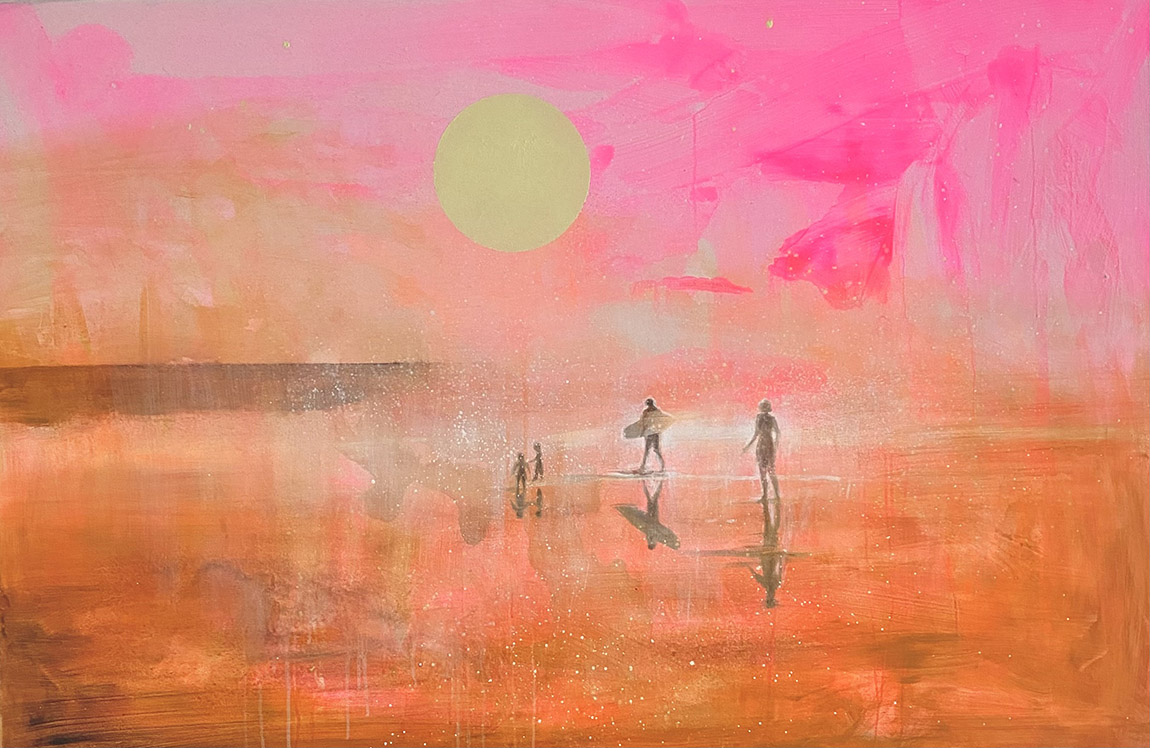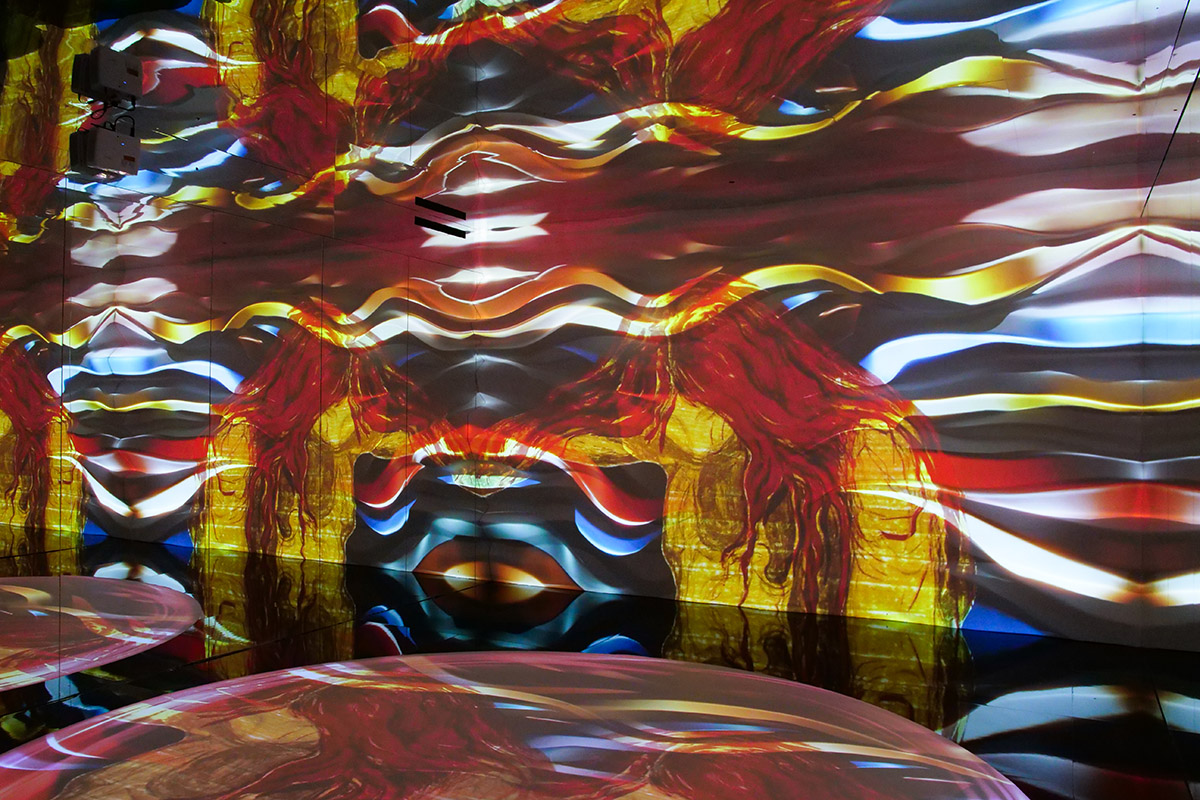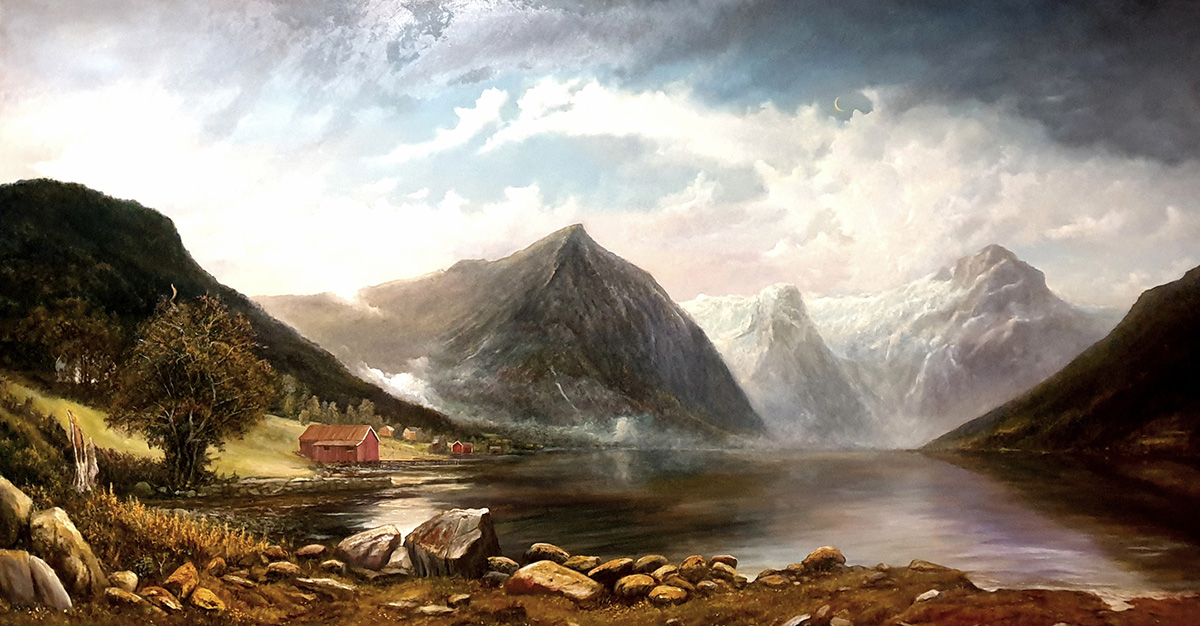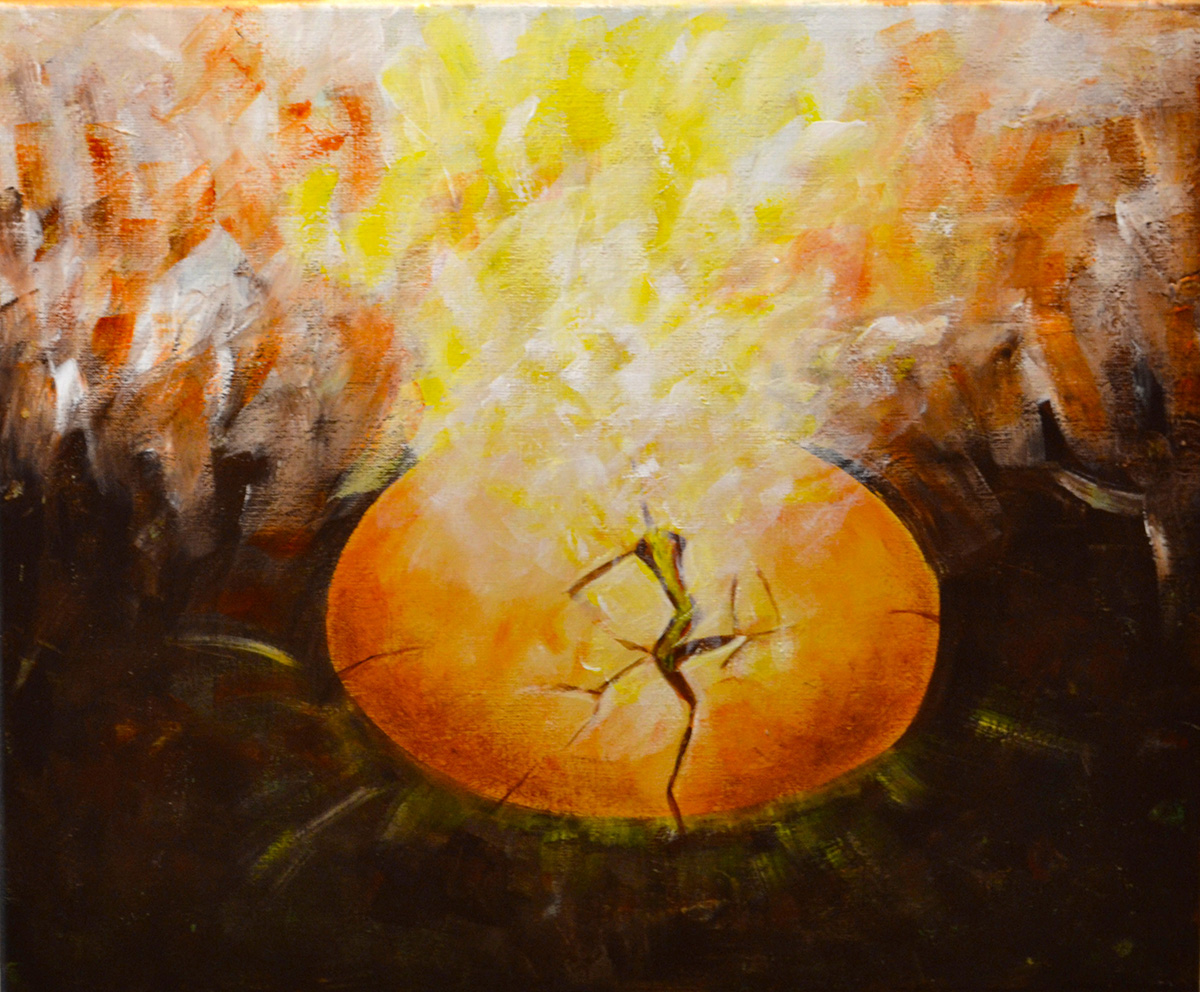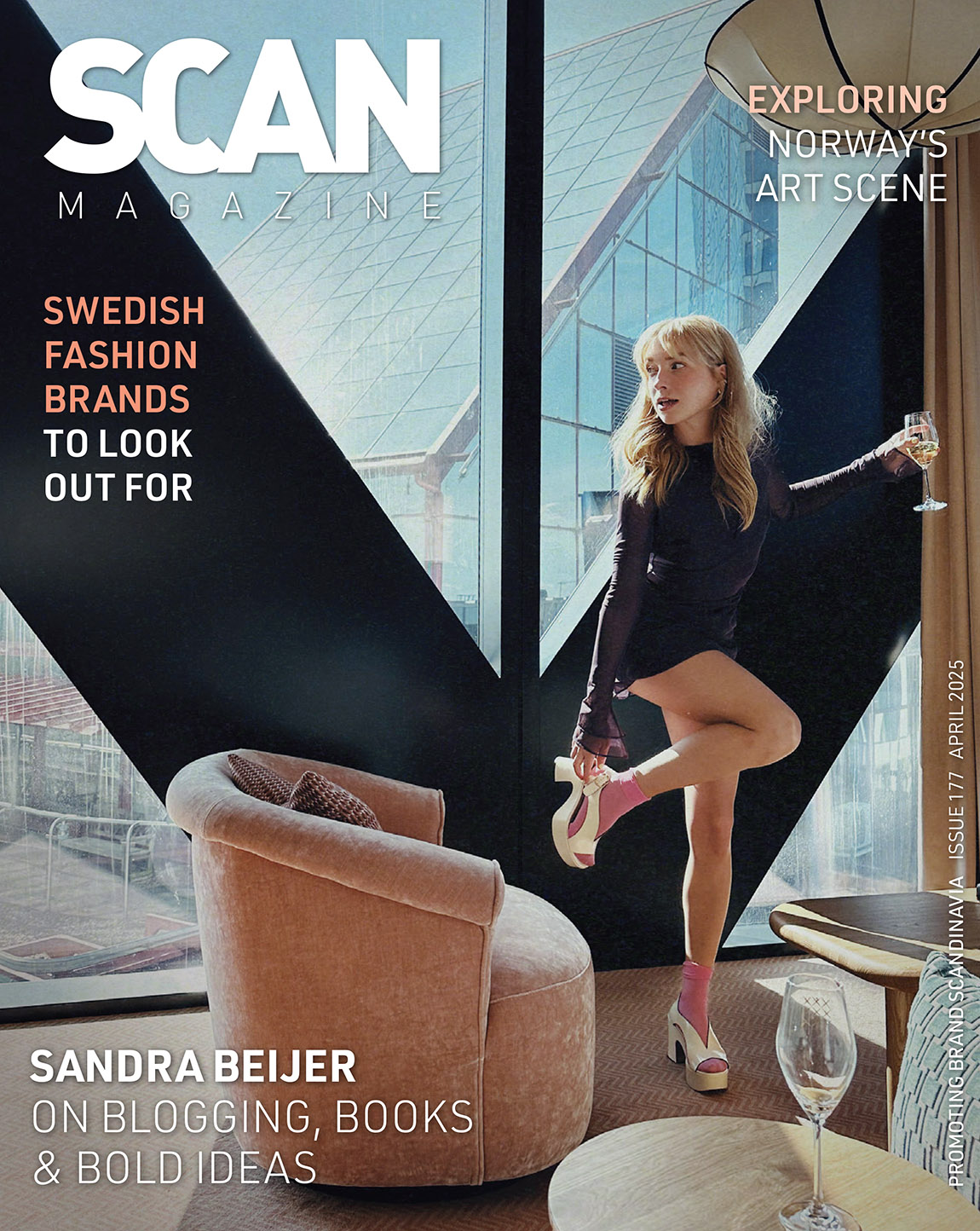Nivaagaards Malerisamling (The Nivaagaard Collection): A great collection returns to a greener Nivaagaard
TEXT: MIRIAM GRADEL | PHOTOS: NIVAAGAARDS MALERISAMLING
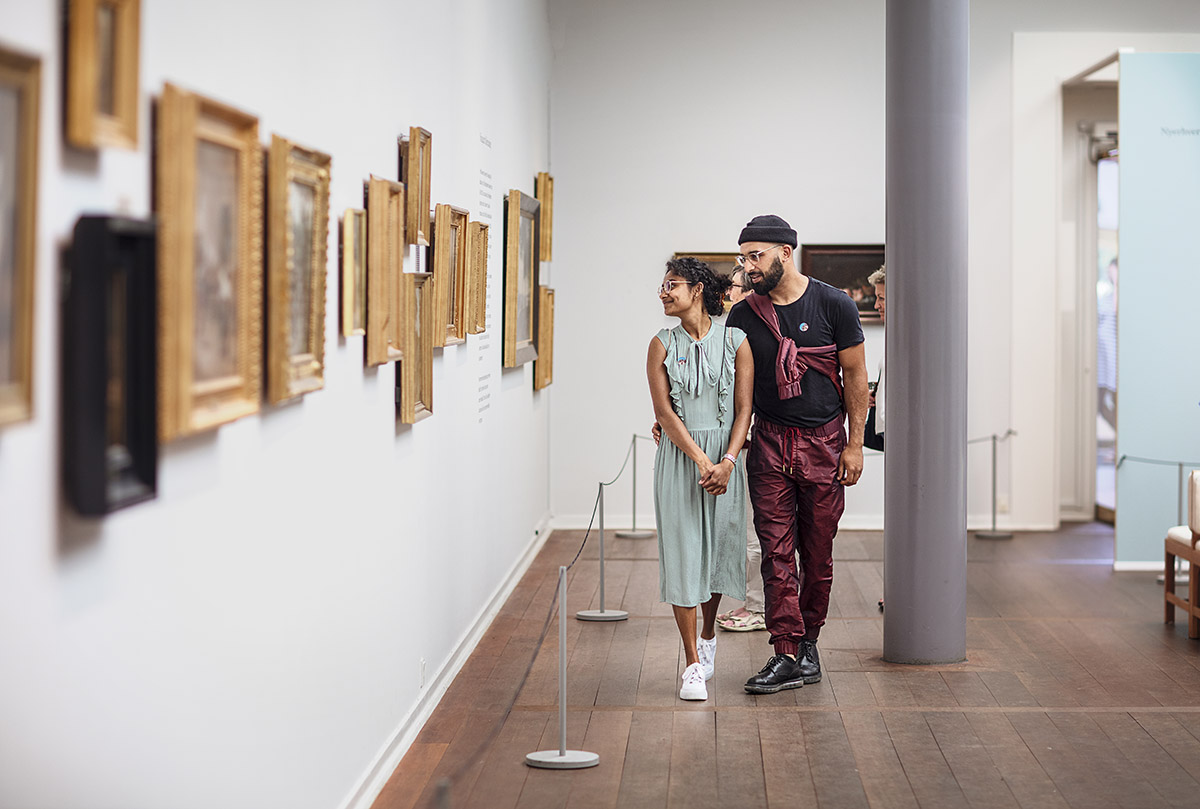
Photo: David Kahr
In the past year, the historic buildings that house Nivaagaards Malerisamling (The Nivaagaard Collection) in Northern Zealand have undergone extensive, climate-friendly renovations. Now, the museum is ready to welcome back visitors to “an absolutely incredible programme for 2022”, according to the museum’s director, Andrea Rygg Karberg.
Spanning 500 years of art history, from the Italian Renaissance to the Danish Golden Age, and seasonal exhibitions from modern and contemporary artists, The Nivaagaard Collection is quite possibly Denmark’s best-kept art secret. Over the years, the collection has expanded vastly, containing pieces from famous artists such as Rembrandt, Giovanni Bellini and P. C. Skovgaard. And this coming January, visitors will be delighted to experience the genius of Danish painter Wilhelm Marstrand in some of his most admired works on display at the Nivaagaard museum.
A new and greener museum experience
Thanks to funding from some of Denmark’s biggest funds, Nivaagaard has been able to fulfil a long-time dream for the renovation of the museum. Focusing on the visitor experience, new skylight windows have been installed in all the exhibition halls, allowing for the optimal enjoyment of world-class art in a natural light. Geothermal energy is now the main power source for the museum and harmful UV-rays are blocked out by speciality glass, which also allows for control over the indoor temperature.
A great number of paintings have also undergone renovation, while the remainder of the collection was sent abroad. According to Karberg, “the fact that you are able to experience some of the best art from the past 500 years within a small and intimate space is what makes Nivaagaard so special.”
The Danish Golden Age – A Paradox
Visitors to the museum will be particularly delighted to experience the extensive collection of paintings from the Danish Golden Age, which has spent the past year on display in the Netherlands under the title The Danish Golden Age – A Paradox. Whereas the Netherlands enjoyed a national economic upswing during their golden age in the 17th century, the Danish golden age in the 19th century was marked by different experiences.
Due to a series of damaging fires in the late 1700s and early 1800s followed by the 1807 bombardment of Copenhagen, the country was forced to declare bankruptcy in 1813, subsequently losing Norway the following year. But the 1800s in Denmark was also a time when HC Andersen conjured up little mermaids and ugly ducklings, Søren Kierkegaard put his thoughts into writing, and Danish painters set a new direction for the nation’s art scene.
“Paintings from this time have influenced our current Danish mindset and sense of national identity,” explains Karberg. Though it might make some wonder how culture can blossom in a time of social and economic downfall, according to Karberg, “that is precisely when it’s motivated to counteract what’s happening in society and, in this case, triggers a desire to seek positivity that makes art and culture blossom.”
Wilhelm Marstrand: The Great Narrator
According to Karberg, one of the greatest Danish painters of this period is Wilhelm Marstrand, whose works will be on display from 21 January, in an extensive exhibition titled Wilhelm Marstrand: The Great Narrator. In contrast to his peers, who mainly looked inward towards Danish mythology and nationalism, Marstrand is known for his international and socio-realist outlook.
“Marstrand’s style of painting was elegant, and he was considered a genius already in his own time,” explains Karberg. As an admirer of playwright Ludvig Holberg, Marstrand often painted scenes from everyday life in a somewhat vaudevillesque style, with great social insight and humour. An example of this is A prison scene in Rome from 1837, which with its bright and warm colour scheme provides a snapshot of daily life amongst the poor working classes in the Italian capital.
“With Marstrand, you are amused by his paintings,” Karberg continues – a positivity that has often drawn critical attention to his art. “The notion is often that the key to great art lies within tragedy, but art that celebrates humour can be equally as great, and I think we are finally realising this now,” she says, highlighting how at a time of great censorship, it was precisely due to his vibrant style of painting that Marstrand managed to depict otherwise controversial topics and social inequalities.
“His eye for composition made him able to put many characters together in a scene without ever overcrowding the painting,” says Karberg. “It’s exciting how his characters always seem to interact in a very natural way, and even as bystanders, we feel invited into the festivities.”
The Wilhelm Marstrand: The Great Narrator exhibition will house 70 of his paintings, including a famous portrait of the Danish actress, Johanne Luise Heiberg, to shine a new light on one of the greatest contributors to Danish art history.
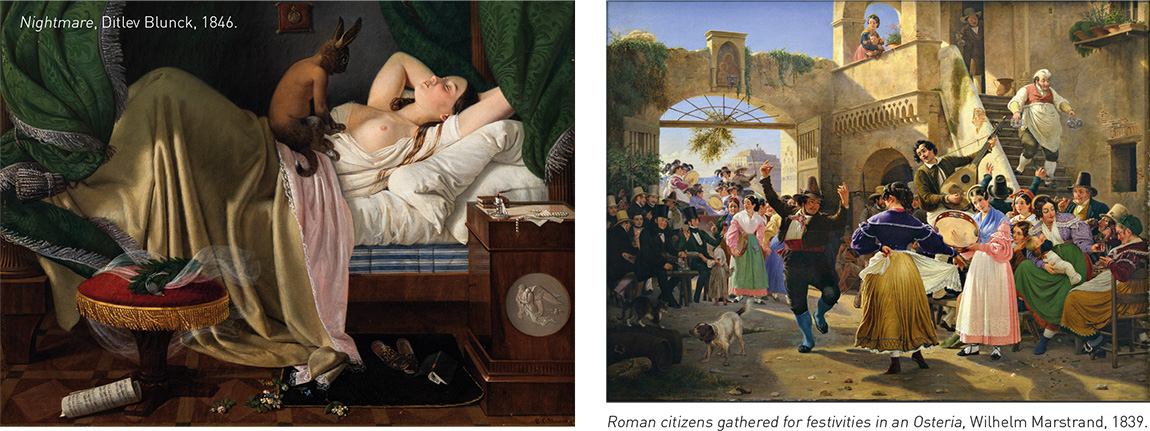
The climate renovation of The Nivaagaard Collection could take place thanks to a donation from Aage og Johanne Louis-Hansen Fond, VILLUM FONDEN, Augustinus Fonden and A. P. Møller og Hustru Chastine McKinney Møllers Fond til Almene Formaal. Current and upcoming exhibitions at Nivaagaard: Until 9 January 2022: Ib Spang Olsen 100 år 21 January to 12 June 2022: Wilhelm Marstrand: The Great Narrator Address: Gammel Strandvej 2, 2990 Nivå, Denmark Opening Hours: Tuesday to Friday, 11am to 8pm Saturday to Sunday, 11am to 5pm Web: www.nivaagaard.dk/en Facebook: Nivaagaards Malerisamling Instagram: @nivaagaard
Subscribe to Our Newsletter
Receive our monthly newsletter by email

